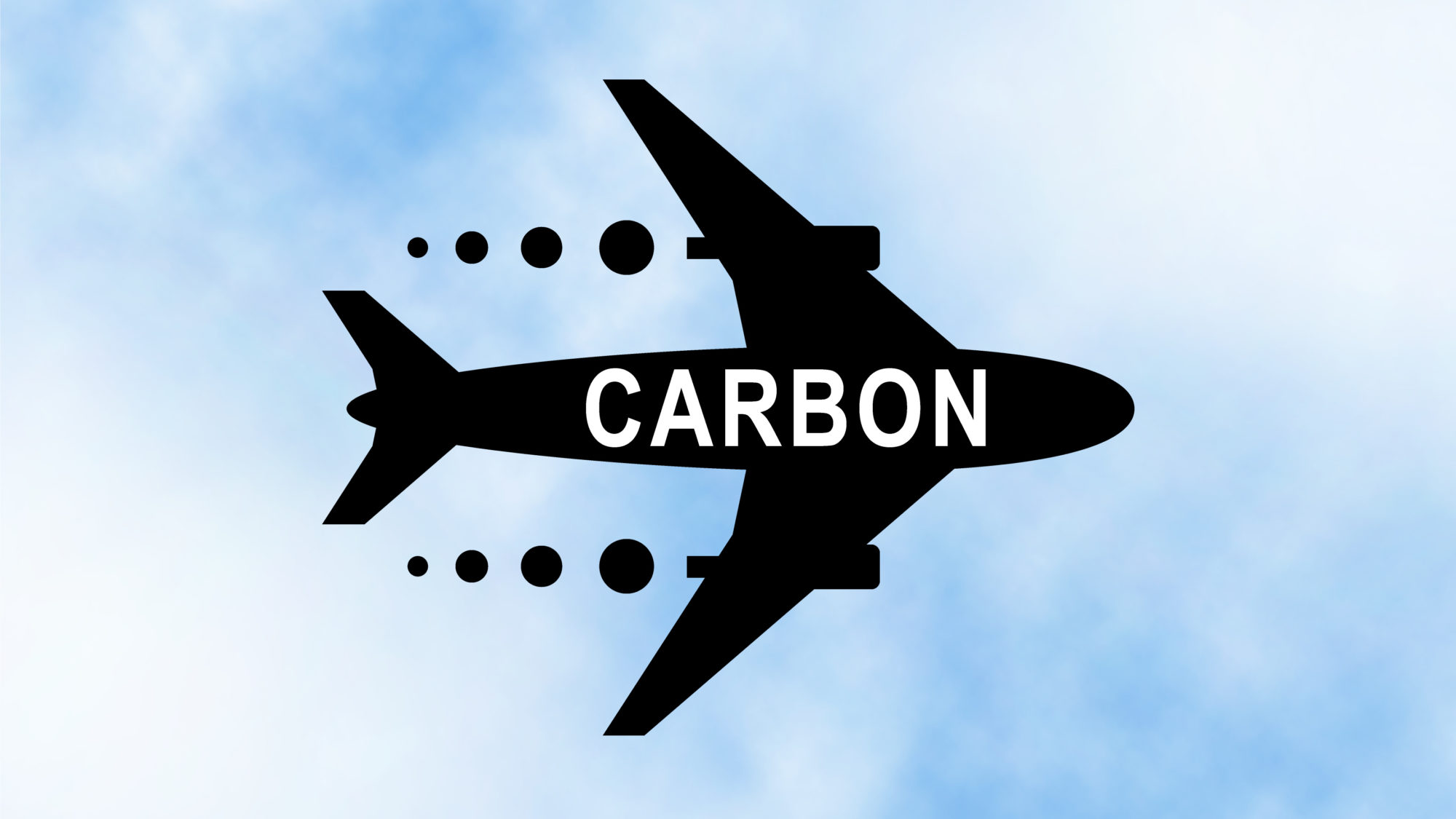The Download: A new study finds that one percent of the global population is responsible for more than half of all carbon pollution emitted by the aviation industry. The same study, conducted in 2018, estimates that only two to four percent of the global population flew internationally in 2018. The U.S. tops the list of leading emitter countries, contributing more CO2 to the environment than the next 10 countries combined.
The Outlook: Though COVID-19 quelled escalating aviation carbon emissions, which grew 32 percent between 2013 and 2018, flight numbers are expected to reach previous levels again by 2024. The researchers are calling for new measures, ranging from a frequent flier tax to offset the carbon footprint of each flight to increasing the share of the synthetic fuels mix every year up to 100 percent by 2050, before aviation travel returns to normal. The cost of climate damage due to aviation emissions was estimated to be $100 billion in 2018.
In Their Words: “If you want to resolve climate change and we need to redesign [aviation], then we should start at the top, where a few ‘super emitters’ contribute massively to global warming,” says Stefan Gössling of Linnaeus University in Sweden, the study’s lead author. “The rich have had far too much freedom to design the planet according to their wishes. We should see the crisis as an opportunity to slim the air transport system.” A spokesman for the International Air Transport Association (Iata) representing the world’s airlines, which have been devastated by the coronavirus pandemic, says: “The charge of elitism may have had some foundation in the 1950s and 1960s. But today air travel is a necessity for millions. This year—in the teeth of the greatest crisis ever facing our industry—airlines agreed to explore pathways to how we could move to net zero emissions by around 2060.”
Surface Says: With companies like Lilium introducing electric planes, a carbon-free aviation industry is closer than we think. Much closer than 2060, we hope.

